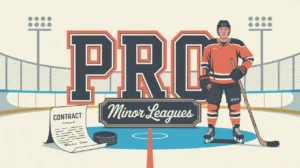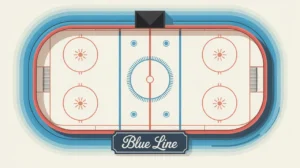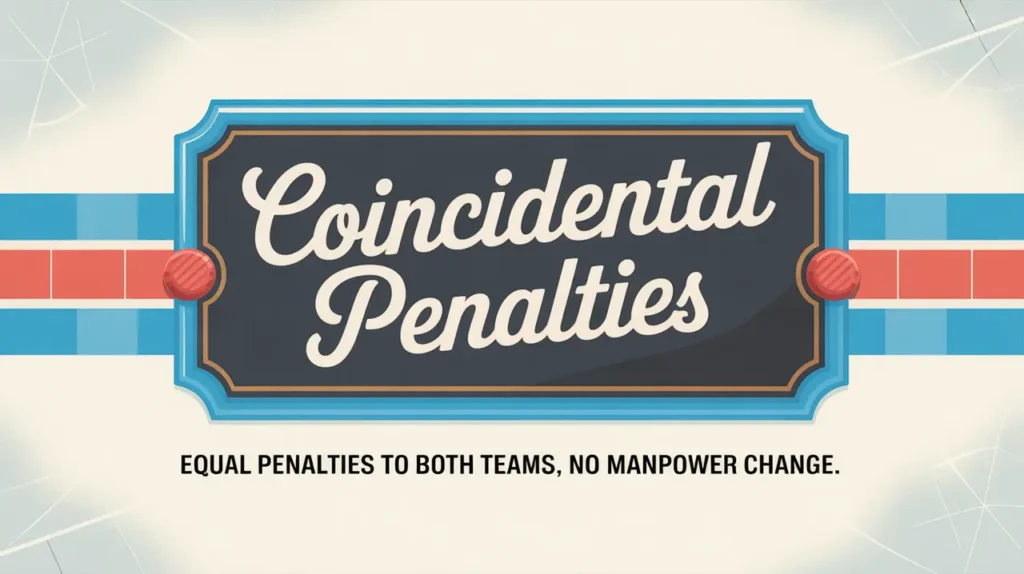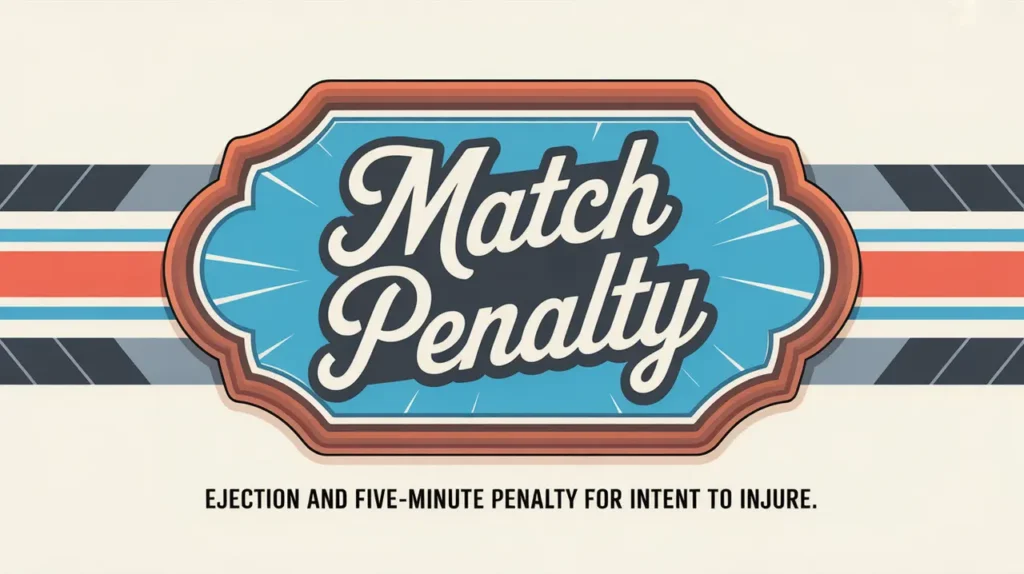Jim’s Intro to the Hand Pass
Hi folks, Jim here, the only commentator who once tried to catch a flying puck barehanded in the booth and spilled my coffee on the stat sheet.
What is a hand pass?
A hand pass happens when a player uses their hand to intentionally direct the puck to a teammate, and that teammate then touches it next, resulting in a stoppage of play. Hand passes are illegal in most zones, but there’s one important exception: they’re allowed in the defensive zone if both the passer and the receiver are in that zone when the play happens.
This rule keeps the game flowing naturally and prevents players from using their hands to make controlled plays outside of intended circumstances.
How does it work?
Hand pass situations follow a straightforward pattern:
Initial Contact: A player bats, swats, or directs the puck with their hand.
Next Touch:
- If a teammate touches it next in the offensive or neutral zone, play is stopped and a faceoff follows.
- If an opponent touches it next, play continues, they get the advantage.
Defensive Zone Exception:
- If both players involved in the hand pass are in their own defensive zone, the hand pass is legal, and play continues.
Faceoff Location: When a hand pass is ruled illegal, the faceoff typically occurs where the infraction took place.
Referees rely on positioning and clear hand motion to make these calls, and video review is rarely involved since it’s usually straightforward.
Common Situations Leading to Hand Passes
- Battles Along the Boards: A player under pressure swats the puck to a teammate to relieve pressure.
- Neutral Zone Chaos: Players instinctively bat the puck forward to keep a rush alive.
- Offensive Zone Scrambles: Net-front players tap a loose puck with their hand toward a teammate in scoring position.
- Faceoff Wins: Players use their hands to direct pucks back illegally in non-defensive zones.
How do you make good decisions with it?
Smart decisions around hand passes depend on zone awareness and reflex control.
- Know Your Zone: Hand passes are legal only in the defensive zone. If you’re not there, don’t swat it to a teammate.
- Use Your Stick First: Resist the reflex to bat pucks with your hand unless absolutely necessary.
- Direct to Space, Not Teammates: If you must use your hand outside the defensive zone, try to deflect the puck into open ice rather than toward a teammate. That way, the whistle doesn’t blow immediately if an opponent touches it next.
- Defensive Zone Communication: If you’re making a legal hand pass in your zone, make sure your teammate is aware and ready to handle it cleanly.
How do you master it?
Mastering hand pass situations is about controlling instinct under pressure. Skilled players learn to bat pucks legally in tight spaces without turning the play over or causing unnecessary whistles. Defensive specialists use legal hand passes to relieve forechecks cleanly, while offensive players train themselves to avoid reflexive hand-to-teammate plays that stall attacks.
What does it look like when done right?
A clean defensive-zone hand pass looks sharp: a player swats the puck back to a teammate behind the net, the teammate collects it in stride, and the breakout begins without a whistle. Outside the defensive zone, smart players let the puck drop or bat it into space for retrieval, avoiding direct hand-to-stick transfers.
Commentator’s Corner
Jim’s Take
I’ve seen brilliant scoring chances wiped out because someone couldn’t resist the ol’ hand tap. It’s one of those rules that seems simple until the game’s moving at 100 miles an hour.
Parent Tip
Help young players build good habits by teaching stick-first reactions. The fewer unnecessary whistles, the more fun and fluid the game.
Player Tip
Train your reflexes. Know when a hand pass is allowed, and in every other situation, keep that stick ready. One smart decision can save possession.
A Final Thought
The hand pass rule keeps hockey fast and skill-driven. Knowing when you can and can’t use your hands turns chaotic scrambles into controlled plays, and avoids momentum-killing whistles at the worst times.









